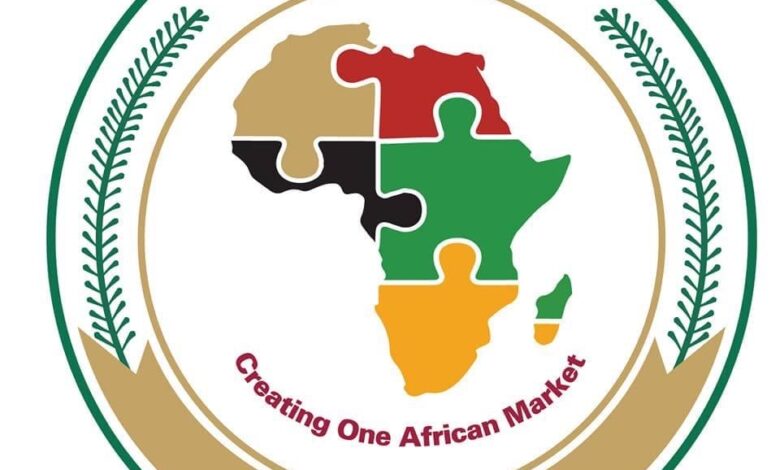AfCFTA and Zimbabwe: A Gateway to Prosperity

The African Continental Free Trade Area (AfCFTA) is a landmark agreement that promises to boost economic development across the African continent. This deal creates a single continental market for goods and services. It also has the potential to enhance competitiveness and stimulate investment. This is both within and outside of Africa. Additionally, among the nations set to reap significant benefits from this initiative is Zimbabwe. AfCFTA and Zimbabwe is one gateway to the nation’s prosperity.
AfCFTA and Zimbabwe: A Strategic Alliance
Firstly, Zimbabwe will reap immense benefits from the AfCFTA. The trade agreement presents an opportunity for Zimbabwe to expand its wings beyond the Southern African Development Community (SADC) region. This will enable the country to reach a market of over a billion people across the continent. Here, the AfCFTA agreement can potentially bring 30 million people out of extreme poverty. Moreover, it can raise the incomes of 68 million others who live on less than $5.50 per day.
Zimbabwe’s Strategic Approach to AfCFTA
Secondly, Zimbabwe has taken a strategic approach to maximise the benefits of the AfCFTA. The country is developing a national strategy to leverage the trade agreement. This is with the United Nations Economic Commission for Africa (ECA) and the African Union Commission (AUC). They are pledging their full support to Zimbabwe in its efforts. This strategy focuses on six key objectives. These include expanding exports of goods and services, enhancing trade facilitation and the business environment. Also in inclusion is empowering women and youth in both the formal and informal sectors.
AfCFTA: A Catalyst for Economic Transformation in Zimbabwe
On top of that, the AfCFTA is more than just a trade agreement for Zimbabwe. It is a catalyst for economic transformation. The deal will spur growth, attract foreign direct investment and diversify exports. This thereby enhances Zimbabwe’s economic resilience. Moreover, the agreement aligns with Zimbabwe’s ongoing efforts to implement key economic reforms, which are beginning to show promising results.
Additionally, Zimbabwe’s drive to empower women and the youth is in line with AfCFTA’s aim to do the same. The regional trade agreement is clear on its intention to include women and the youth in activities that improve their lives. Moreover, the agreement is focusing on women and youth in trade and this coincides with ZimTrade’s thrust to include women and youth in export business. Women in Zimbabwe are taking their place in economic activities and trade is one of them.
Conclusion: AfCFTA and Zimbabwe’s Promising Future
Furthermore, the AfCFTA is a beacon of hope for Africa’s economic development, and Zimbabwe stands at the forefront of this transformation. By strategically leveraging this agreement, Zimbabwe can stimulate growth, reduce poverty, and set the stage for sustainable economic development. The future indeed looks promising for AfCFTA and Zimbabwe.




